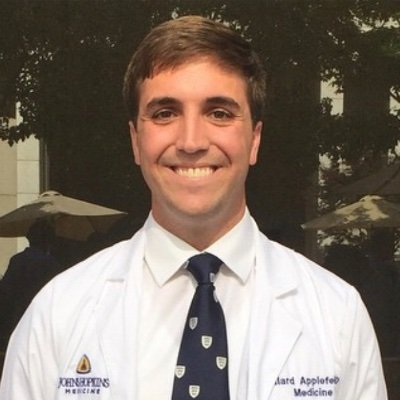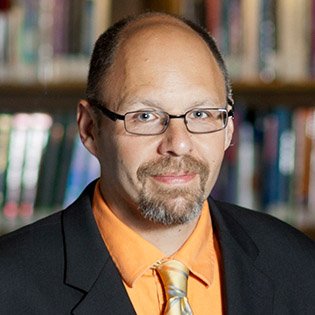
Willard Applefeld MD
@WApplefeld
Followers
1K
Following
6K
Media
259
Statuses
2K
Critical Care Cardiologist @DukeHeartCenter by way of @DukeCardFellows, @NIHCritCare, & @OslerResidency | Views are my own
Durham, NC
Joined April 2013
He was also an exceptional clinical trialist who advanced the field of critical care with his rigorous devotion to science and ethical approach to clinical trials. I shall miss his expertise .
Sad news:. Another giant in Critical Care, Professor Rinaldo Bellomo, passed away this morning. He was born in Reggio Emilia, Italy & emigrated to Australia in the 1980s receiving his medical degree from Monash Medical School in Melbourne. He completed fellowships in nephrology,.
0
0
3
RT @DanMarkMD: “Solely applying a P value threshold or 95% CI to determine if a treatment works or not is an [often misleading] oversimplif….
0
43
0
RT @SarasVallabhMD: As we start formalizing training milestones in #CriticalCareCardiology, @WApplefeld, #JakeJentzer, and I discuss proced….
0
7
0
Great example of what echo looked like in the early days- “Amplitude mode” aka A-mode Imaging. Echo has transformed medicine and indeed practice as we know today would be impossible without it. How did we get here? A 🧵.
On today’s Emergency! - someone with a diastolic murmur gets an emergency echo. The process…. Always start by dramatically plugging in the machine!. 1/4
1
1
11
Grateful for @CosetteChampion for presenting this, @EBohula, @jameshorowitzmd, @AnnGageMD, & Mike Solomon MD MBA for moderating. Also grateful for insights from @CameronDez38454 & @PennyRampersad! Lastly, thanks to @AHAScience for allowing us to speak! Thanks for reading!!.
0
0
1








